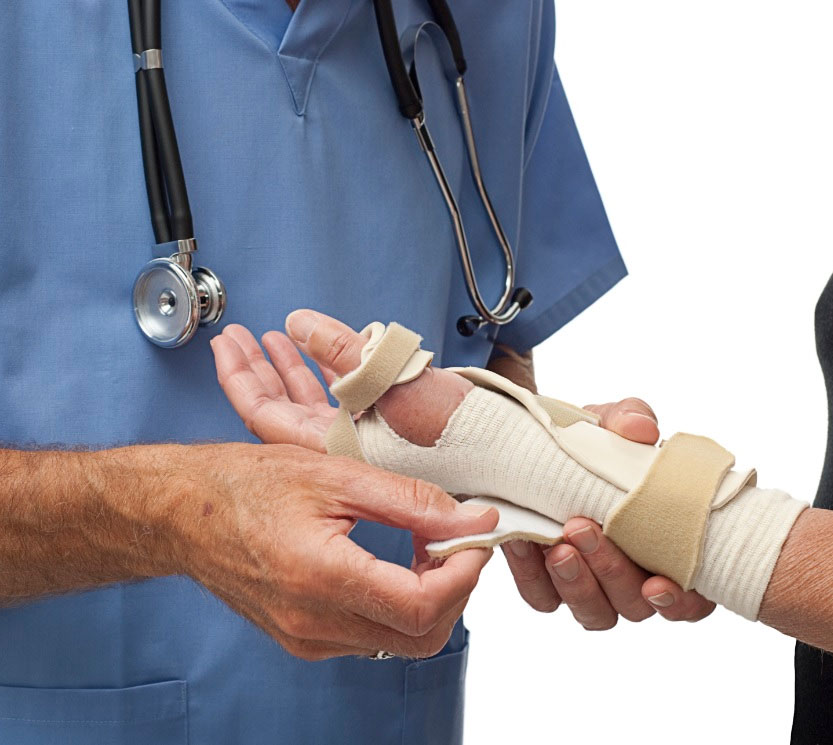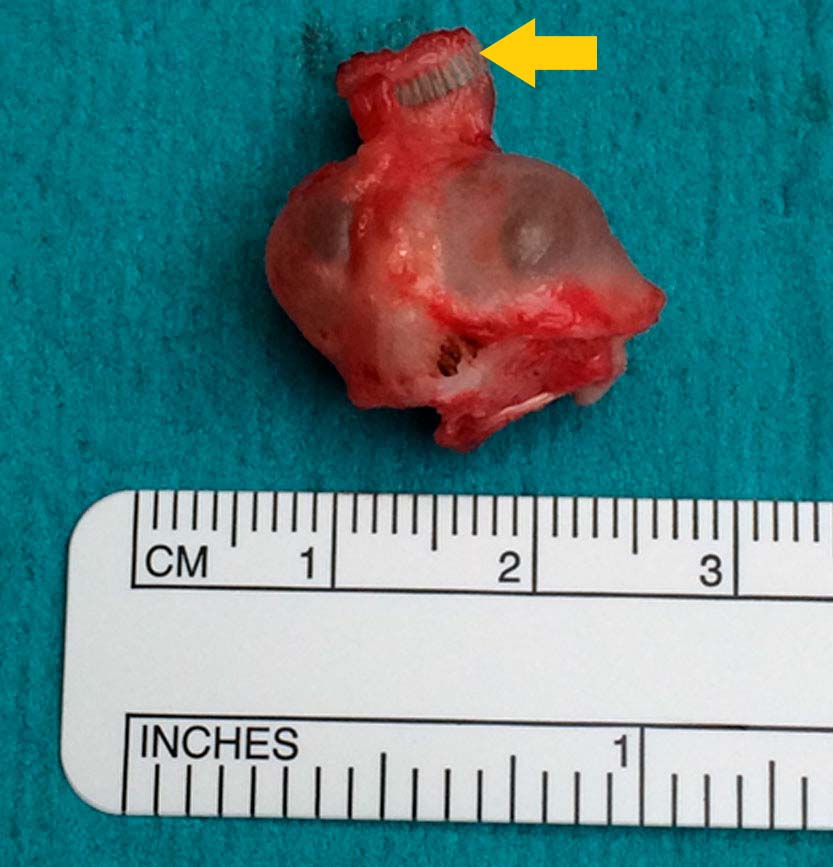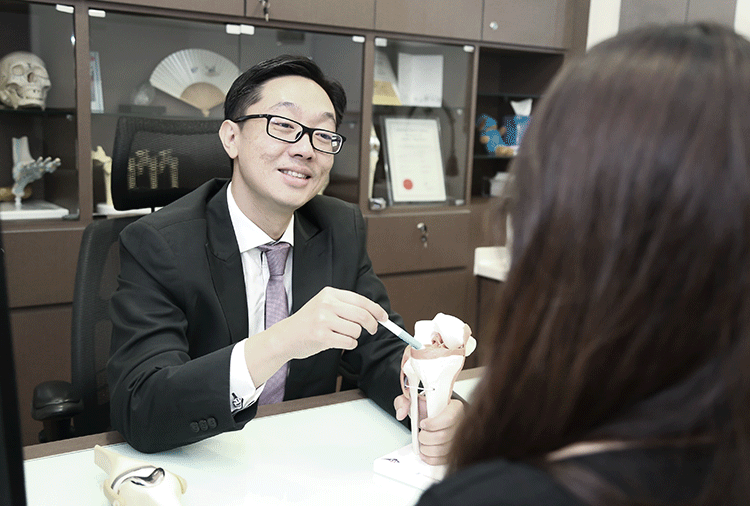Ganglion cysts are non- cancerous lumps that occur most commonly in the hand and wrist. They can also be found in other areas of the body including the foot and ankle. These fluid- filled cysts often develop along tendons or joints and can be of varying sizes, with larger cysts being about 3 centimetres in size.
Ganglion cysts can quickly appear and can change in size. Most cysts do not require treatment if they are asymptomatic. However, if the cyst is painful or if it interferes with function there are several treatment options available. Large cysts often cause concerns about their size and appearance even if they are not painful or symptomatic.
Causes Of Ganglion Cyst
No one knows what causes a ganglion cyst to form. What is known is that the cysts develop out from a joint or the lining of the tendon, almost like a balloon with a stalk. The inside is a jelly- like fluid similar to that found in joints or in tendon sheaths.
These cysts are more commonly found in women between 20yrs and 40yrs of age. The cysts that occur in the small joints of the fingers are usually due to arthritis in those joints. Joints or tendons that have a history of previous injury are also more likely to develop cysts.

Ganglion cysts are like a fluid – filled balloon with a stalk.
Symptoms Of Ganglion Cyst
Most ganglion cysts present as a visible lump or swelling. Some cysts are hidden and are found incidentally on scans. These are called occult cysts. The shape of the cyst is usually round or oval and its size can fluctuate, often getting bigger and painful when you use the joint for repetitive motions. Most cysts measure at about 2 centimetres in size.
Pain is a common symptom from the ganglion. This can happen when the cyst restricts motion in the joint or when it presses on a nerve. However, most cysts are asymptomatic and can be left alone.
Seeing the Doctor
You should see the doctor for a consult if you notice a lump or have pain in your wrist, hand, ankle or foot. He will be able to make a diagnosis and determine if you need treatment.
He will discuss your medical history with you and may ask you how long have you had the lump and if it had changed in size over time.
Investigations
The doctor may order investigations such as:
X-rays. This test will show structures such as your bones clearly. The cyst will not show on the x-ray. This is often used to rule out other conditions such as arthritis or bone tumours.
MRI or Magnetic Resonance Imaging scans are used to show soft tissue structures like a ganglion. The scan has a high level of detail and can be used to distinguish the cyst from other tumours.
Treatment Of Ganglion Cyst
Ganglion cysts which are painless and small often require no treatment. They are non- cancerous and the doctor may suggest a “watch and wait” approach. If the cyst is large, interfering with joint motion or causing pain, the doctor may recommend the following treatment options:
- Immobilisation. Activity often causes the ganglion to increase in size, putting pressure on the surrounding nerves, causing pain. A wrist splint or brace can relieve symptoms and allow the ganglion to reduce in size. As the pain improves, a course of physiotherapy prescribed by the doctor can help to strengthen the wrist and improve the range of motion.
- Aspiration. This is a procedure where the doctor uses a needle to drain the fluid from the cyst. In many cases, the ganglion cyst recurs after an aspiration procedure. This is because the “root” of the ganglion from which the fluid originates is not eliminated.

Surgical Treatment Of Ganglion Cyst
Surgical treatment may be recommended if the symptoms and problems relating to the cyst is not relieved by non- surgical methods. The procedure to have the cyst removed is call a surgical excision. Surgery involves removal of the cyst as well as the part originating from the joint or the tendon sheath (the “root” of the ganglion). After excision, there is a very small chance that the ganglion can recur.
The surgery is usually done as an outpatient procedure where patients are able to go home after a period of rest in the recovery area of the hospital. There can be some tenderness and discomfort in the wrist after surgery but this usually improves in about 1 week to 10 days. Normal activities can be resumed after 2-3 weeks after surgery.

A Ganglion cyst that was excised from the wrist. Yellow arrow indicating the “root” of the ganglion.






